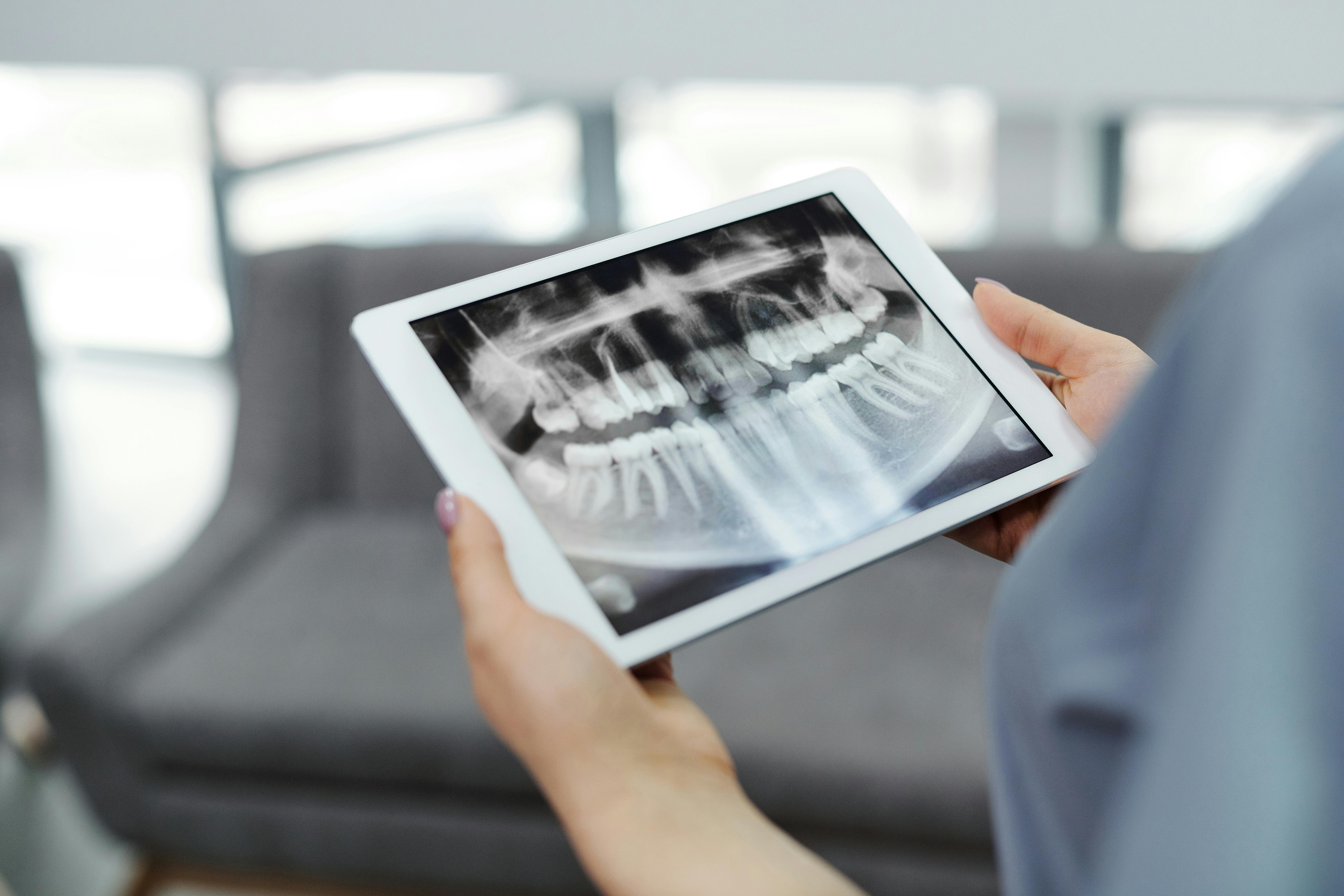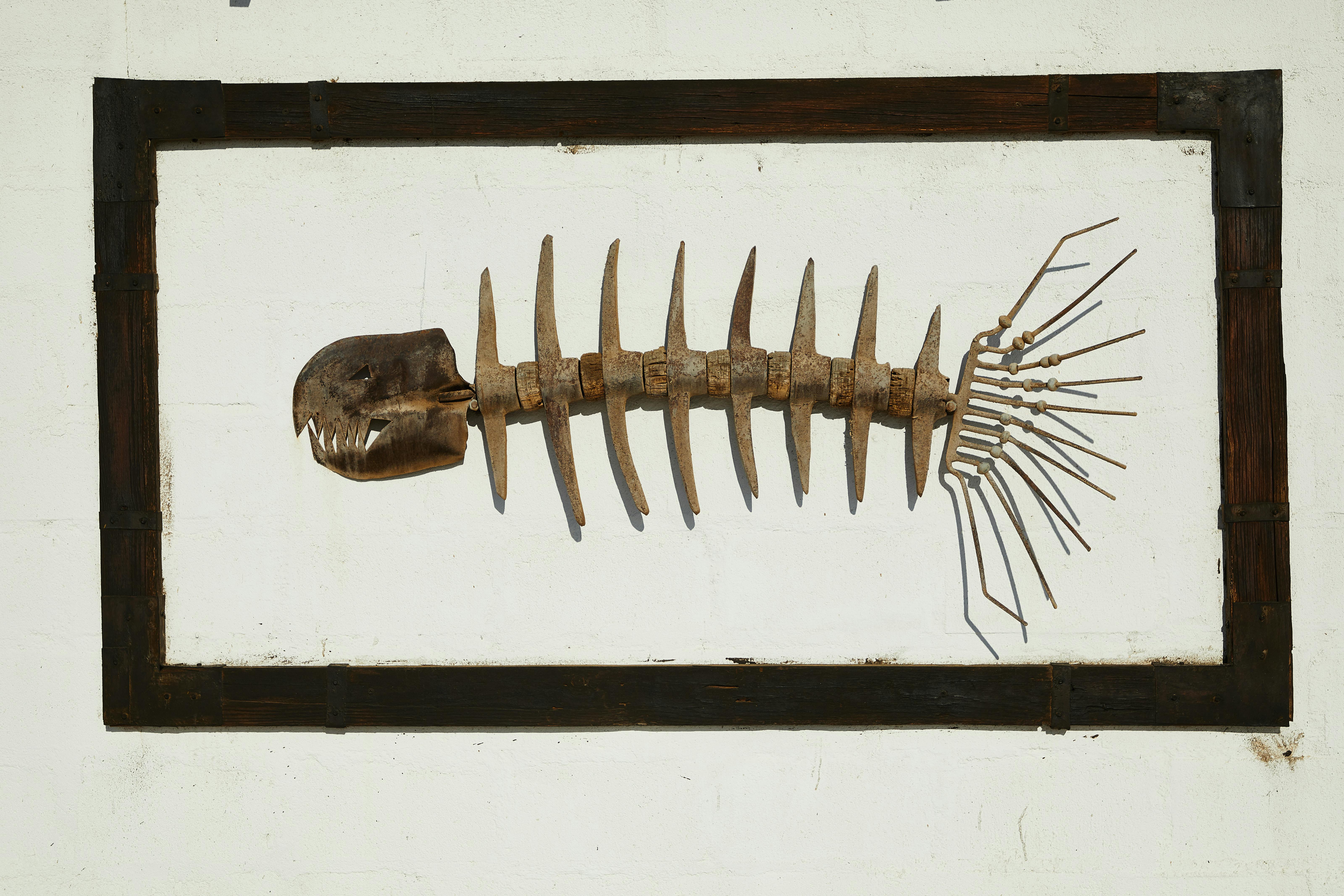Wisdom teeth removal is a common oral surgery procedure that is often necessary when the wisdom teeth become impacted or fail to fully emerge. The removal of wisdom teeth can be a painful and uncomfortable process, and it can have an impact on your jaw shape and size. In this article, we’ll explore how wisdom teeth extraction may affect the shape of your jaw and what you can do to minimize potential long-term changes.After having wisdom teeth removed, the jaw often changes in shape and size. This can be due to the reshaping of the jawbone from the removal of the teeth, as well as from any restorative work that is done. The jaw may have a more defined shape, or may even appear slightly smaller after wisdom teeth removal.
How Do Wisdom Teeth Affect the Jaw?
Wisdom teeth are the last set of molars to emerge in the mouth, usually during the late teens or early twenties. Although wisdom teeth can be helpful in properly chewing food, many individuals have difficulty accommodating them in their mouths due to limited space. When this happens, wisdom teeth can cause overcrowding and misalignment of other teeth, leading to jaw problems.
The most common problem caused by wisdom teeth is impacted growth, where the wisdom tooth is unable to fully erupt due to lack of space. This can cause pressure against the adjacent tooth and create a cyst or infection in the gum tissue surrounding it. It can also cause damage to the jawbone and nearby nerves if left untreated.
In some cases, impacted wisdom teeth may need to be removed to prevent further damage or infection. Removal of wisdom teeth is considered a minor surgical procedure that requires general anesthesia. Following surgery, patients may experience soreness and swelling in their jaws as well as bruising around their eyes from post-operative swelling.
In some cases, however, wisdom teeth may not need to be removed if they are not causing any problems or discomfort. In these cases, regular dental checkups should include a thorough examination of wisdom teeth position and health. If any changes occur with your wisdom teeth or you experience any discomfort or pain near them, contact your dentist for an evaluation as soon as possible for proper treatment and care.
Potential Complications of Wisdom Teeth Removal
Wisdom teeth removal is a relatively safe procedure, but there are potential complications that can arise. The most common complication after wisdom teeth removal is swelling and pain in the area where the wisdom teeth were removed. This can be managed with cold compresses and over-the-counter medications prescribed by your dentist or oral surgeon. Other potential complications include infection, dry socket, and nerve damage.
Infection may occur if bacteria are allowed to enter the wound. Signs of infection include fever, swelling, redness, and painful and foul-smelling discharge. If you experience any of these symptoms after your wisdom teeth removal, contact your dentist or oral surgeon immediately for treatment with antibiotics.
Dry socket is another potential complication of wisdom teeth removal that occurs when a blood clot fails to form over the extraction site or when it becomes dislodged from the area. Symptoms of dry socket include severe pain in the extraction site that radiates throughout your mouth and jaw, bad breath, bad taste in your mouth, and visible bone in the extraction site. Dry socket can be treated with medications prescribed by your dentist or oral surgeon to relieve pain and promote healing.
Nerve damage is another potential complication of wisdom teeth removal that can cause numbness or tingling sensations in the lips, chin, tongue, cheek or throat. Nerve damage is usually temporary but may require additional treatment depending on its severity. If you experience any numbness or tingling after your wisdom teeth removal surgery, contact your dentist or oral surgeon immediately for evaluation and treatment options.
Jaw Structure Change After Wisdom Teeth Removal
Wisdom teeth removal is a common dental procedure that is performed to reduce overcrowding in the jaw. The procedure involves the removal of the third molars, or wisdom teeth, which are located at the back of the mouth. When these teeth are removed, it can cause changes to the jaw structure. These changes can be both physical and functional in nature.
Physically, wisdom teeth removal can cause a decrease in jawbone volume and an increase in bone resorption. This means that the jawbone will become thinner and weaker over time, reducing its ability to support other teeth and structures in the mouth. This reduction in jawbone volume can also lead to changes in facial appearance such as a more sunken look around the cheeks or eyes.
Functionally, wisdom teeth removal may lead to changes in how a person bites and chews food. Without wisdom teeth, there may be more pressure on certain areas of the mouth when biting and chewing food which can lead to issues such as tooth wear or increased sensitivity of other teeth. It is important for patients who have had their wisdom teeth removed to practice good oral hygiene habits and wear a night guard if recommended by their dentist to help protect their remaining teeth from excessive wear.
Overall, wisdom teeth removal can cause both physical and functional changes to the jaw structure that can have an impact on how a person looks and functions after having their wisdom teeth removed. It is important for patients who have had their wisdom teeth removed to be aware of these potential changes so they can take steps to protect their remaining teeth from further damage or decay.
Jaw Pain Common After Wisdom Teeth Removal?
Jaw pain is a common symptom after wisdom teeth removal. It is important to note that the degree of pain varies from person to person. Some people may experience mild discomfort while others may experience severe pain. The type of pain can range from sharp, throbbing, or a dull ache. Jaw pain is usually caused by inflammation and swelling in the area near the removed tooth. This is due to many factors such as trauma from surgery, infection, or the presence of dry socket.
It is best to consult with your dentist to determine the best course of treatment for jaw pain associated with wisdom teeth removal. Depending on the severity, your dentist may recommend some form of oral medication or physical therapy to reduce swelling and inflammation. Additionally, it may be helpful to use cold compresses or ice packs on the affected area in order to reduce discomfort and promote healing. If infection is suspected, antibiotics may be prescribed as well.
In most cases, jaw pain will gradually improve over time as long as proper care and treatment are followed. However, if you are still experiencing persistent jaw pain after several weeks or months following wisdom teeth removal, it is important to speak with your dentist about other potential causes such as sinus issues or TMJ disorder.
Overall, jaw pain after wisdom teeth removal is relatively common but should not last for an extended period of time without proper treatment and care. If you are experiencing any persistent discomfort after your procedure, it is important to speak with your dentist in order to find a solution that works for you.

What Are the Long-Term Effects of Wisdom Teeth Removal on the Jaw?
The long-term effects of wisdom teeth removal on the jaw can vary depending on the individual and their specific situation. Generally, wisdom teeth extraction can lead to some long-term changes in the jaw. In some cases, removing one or more wisdom teeth can cause a decrease in bone density, resulting in a softer and weaker jawbone. It can also lead to changes in facial structure and contour as a result of losing the support from the extra teeth. Other potential long-term effects include difficulty chewing, temporomandibular joint (TMJ) pain, and difficulty biting down properly.
In addition to physical changes, there may also be psychological impacts associated with wisdom teeth removal. Some people may experience anxiety or depression as a result of having surgery performed on their mouths, or feeling self-conscious about their appearance after having had their wisdom teeth removed.
Overall, it is important for individuals to discuss any potential long-term effects of wisdom teeth removal with their dentist before proceeding with the procedure. They should also be aware that these impacts may not appear until months or even years after having had their wisdom teeth extracted. It is therefore important for them to continue visiting their dentist regularly so that any potential problems can be identified and addressed before they become serious concerns.
Can Uneven Jaw Size Be Corrected After Wisdom Teeth Removal?
Yes, uneven jaw size can be corrected after wisdom teeth removal. Removing wisdom teeth is often necessary to prevent overcrowding of the mouth and possible infection. It is also a common way to correct an uneven jaw size. If the patient has an uneven jaw size due to misaligned wisdom teeth, removing them can help restore balance and symmetry to the face.
In some cases, removing the wisdom teeth may not be enough to fully correct an uneven jaw size. In these cases, orthodontic treatment may be necessary in order to fully correct the bite and achieve a balanced look. Orthodontic treatment involves wearing braces or other corrective devices for a period of time in order to realign and reposition the teeth. This treatment can help create a symmetrical smile and jawline.
In addition, cosmetic surgery may be necessary in some cases in order to fully correct an uneven jaw size after wisdom teeth removal. This type of surgery involves reshaping or contouring of the bone structure of the jawline in order to achieve symmetry and balance in the face. This type of surgery is typically performed by an experienced plastic surgeon who has been trained in facial reconstructive surgery.
The best way to determine if your uneven jaw size can be corrected after wisdom teeth removal is by consulting with an experienced dentist or orthodontist who can evaluate your individual situation and recommend the best course of action for achieving a balanced look.
Removing Wisdom Teeth Can Provide Many Benefits
Removing wisdom teeth can provide many benefits beyond just a change in jaw structure. For example, wisdom teeth removal can help to reduce overcrowding in the mouth, which can prevent oral hygiene issues. Removing wisdom teeth also prevents them from becoming impacted, which can cause severe pain and discomfort. Additionally, removing impacted wisdom teeth can protect adjacent teeth from potential damage. By removing wisdom teeth, it also eliminates the chance of developing cysts and tumors in the area. Lastly, removing wisdom teeth can improve overall appearance by giving the mouth a more uniform look.
Overall, removing wisdom teeth offers numerous benefits that go beyond just changing jaw structure. It helps to reduce overcrowding, prevents pain and discomfort associated with impacted teeth, and eliminates the chance of developing cysts or tumors. Additionally, it enhances overall appearance by providing a more uniform look to the mouth.

Conclusion
Wisdom teeth removal can have a significant impact on the appearance of your jaw and facial structure. While some people may experience a noticeable change in their jaw shape, others may not notice any difference at all. The best way to know for sure if your jaw will change is to consult with a healthcare professional who can assess your individual situation.
Ultimately, it is important to remember that wisdom teeth removal is a personal decision and should be made based on an individual’s comfort level and medical needs. While it can result in changes to the shape of the jaw, this isn’t always the case. Regardless of the outcome, it is important to take proper care of your mouth following wisdom teeth removal in order to ensure optimal oral health for years to come.
